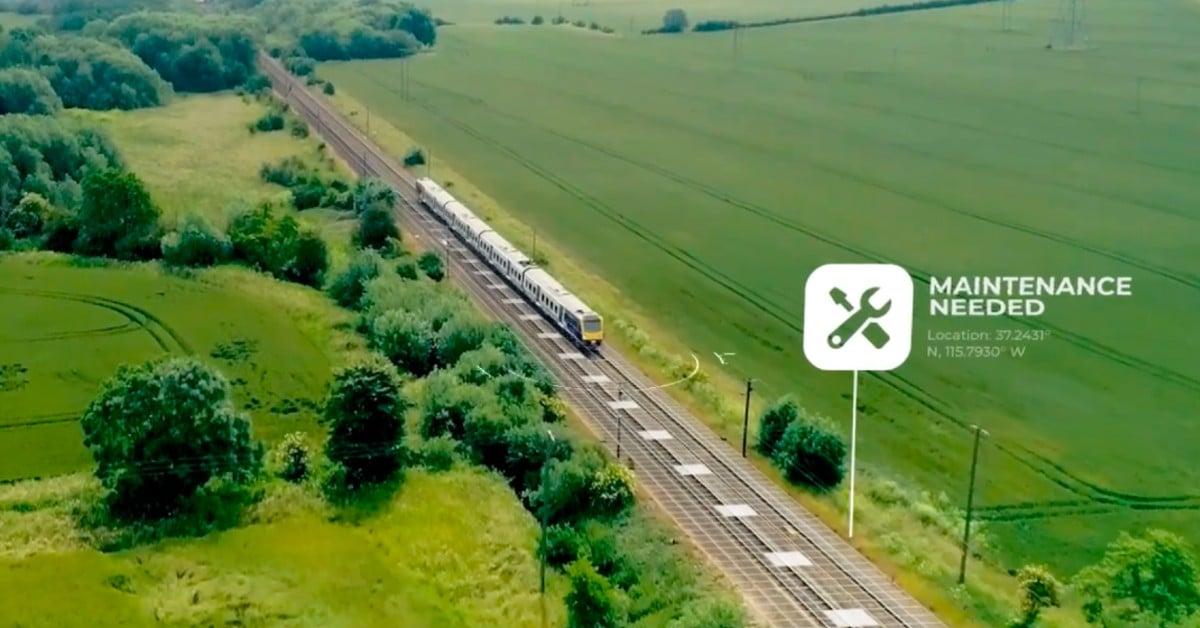Wet and Dry Moisture Meter Values
What values are considered "wet" and "dry" when using a moisture meter for wood and concrete?
There are no values that would give a definitive "wet" versus "dry" reading. This is because these values will vary depending on where you are located. There is always some moisture in materials, but the amount considered dry or wet in Arizona, for instance, is entirely different from that in, say, New Hampshire.
Also it is generally recommended to use a standard (e.g. ASTM standard F-2170 in the USA) for accuracy-critical applications such as laying a wood floor over concrete.The FLIR MR60, as well as moisture meters from other manufacturers, have “material groups” to provide approximate moisture content measurements of several building materials (Groups 10 and 11 for the FLIR MR60).
There are also probes made for hard, set building materials (Gann, Lignomat, and Testo). It is recommended that holes are pre-drilled to reduce wear on pin probes (anywhere from 1.5 to 3 mm, depending on the probe used). The gaps are then filled with conductive paste and readings taken in these holes using a specialized probe or nails.
Some of the differences between the two forms of moisture measurement are explained below.
Readings from pin-type and pinless meters are two different forms of measurement.
Pin meters
Pin meters provide a typical electrical resistance measurement (% WME). Some dedicated pin meters do have different “ranges” for wood species.
Pinless meters
These meters do not measure % moisture—regardless of their claims. They are all “relative” measuring devices. All will have slightly different measurement characteristics due to the strength and frequency of their signal sources.
No. 2 pinless meters will measure the same “value” for the same material. Once you understand the “nature” of a pinless meter, you can better understand why No. 2 meters will read exactly the same and why this is not a problem: these meters actually measure density.
The correct way to use a pinless meter is to take a measurement of a material of a known dryness, then take a measurement of an item of similar construction and thickness with an unknown moisture content. Any rise in the reading indicates the presence of moisture.
Note: The pin meter measures the wettest portion of the material from the surface to its lowest penetration point, whereas the pinless meter measures the whole area under the pinless sensor from the surface to about 0.75 in. (20 mm) into the material. So, not exactly a one-to-one comparison.


